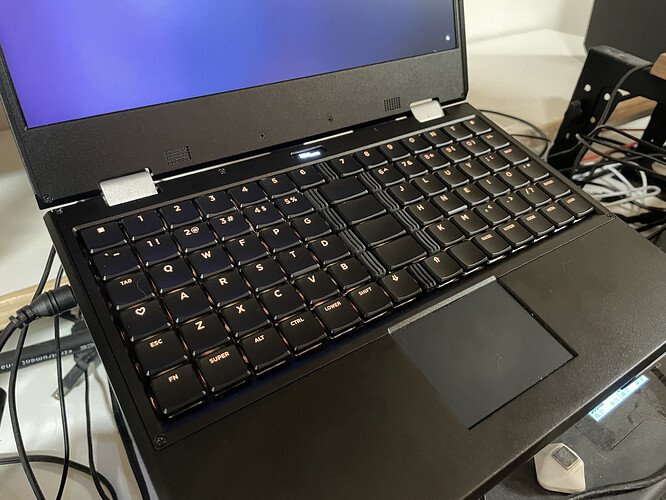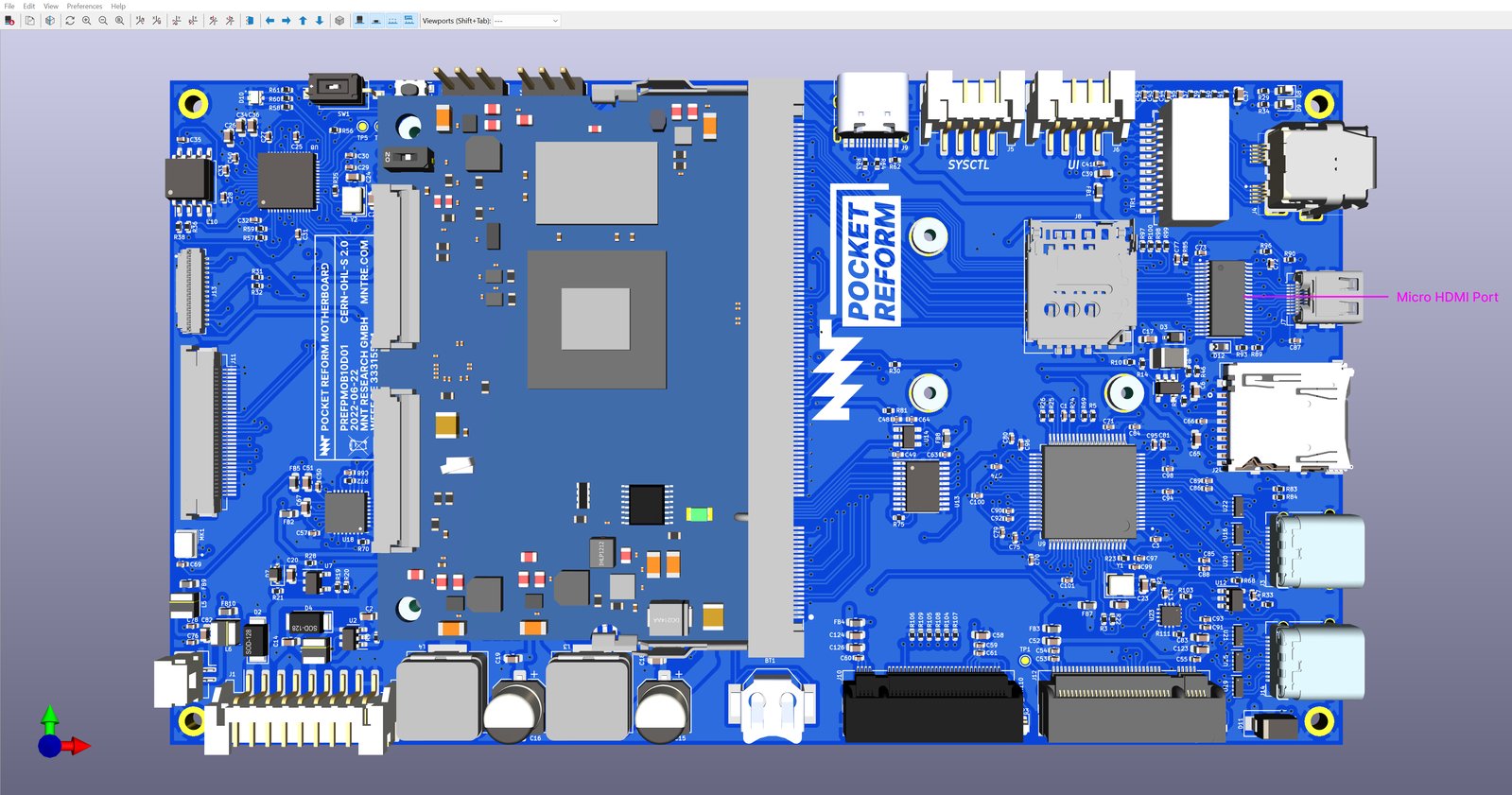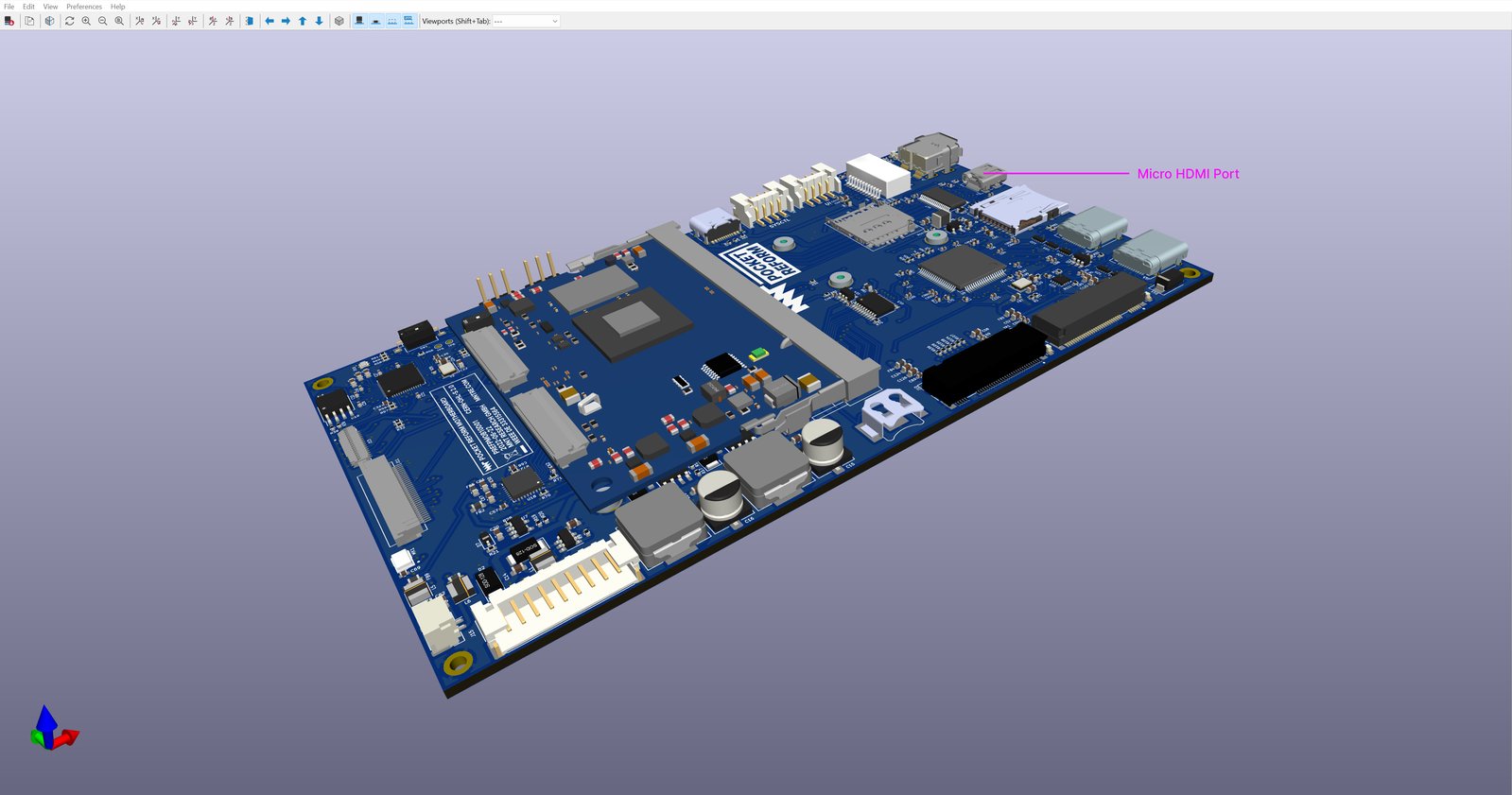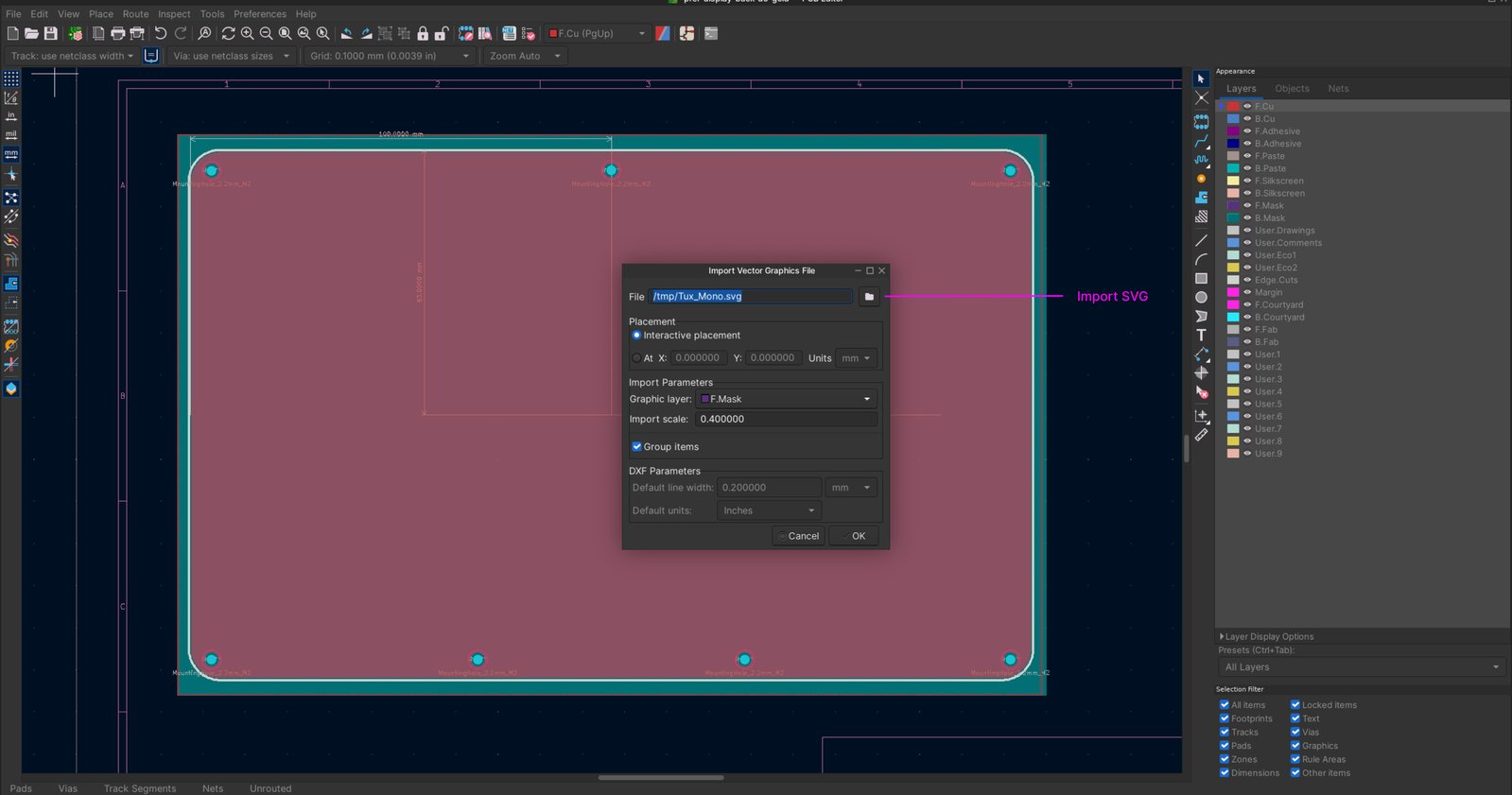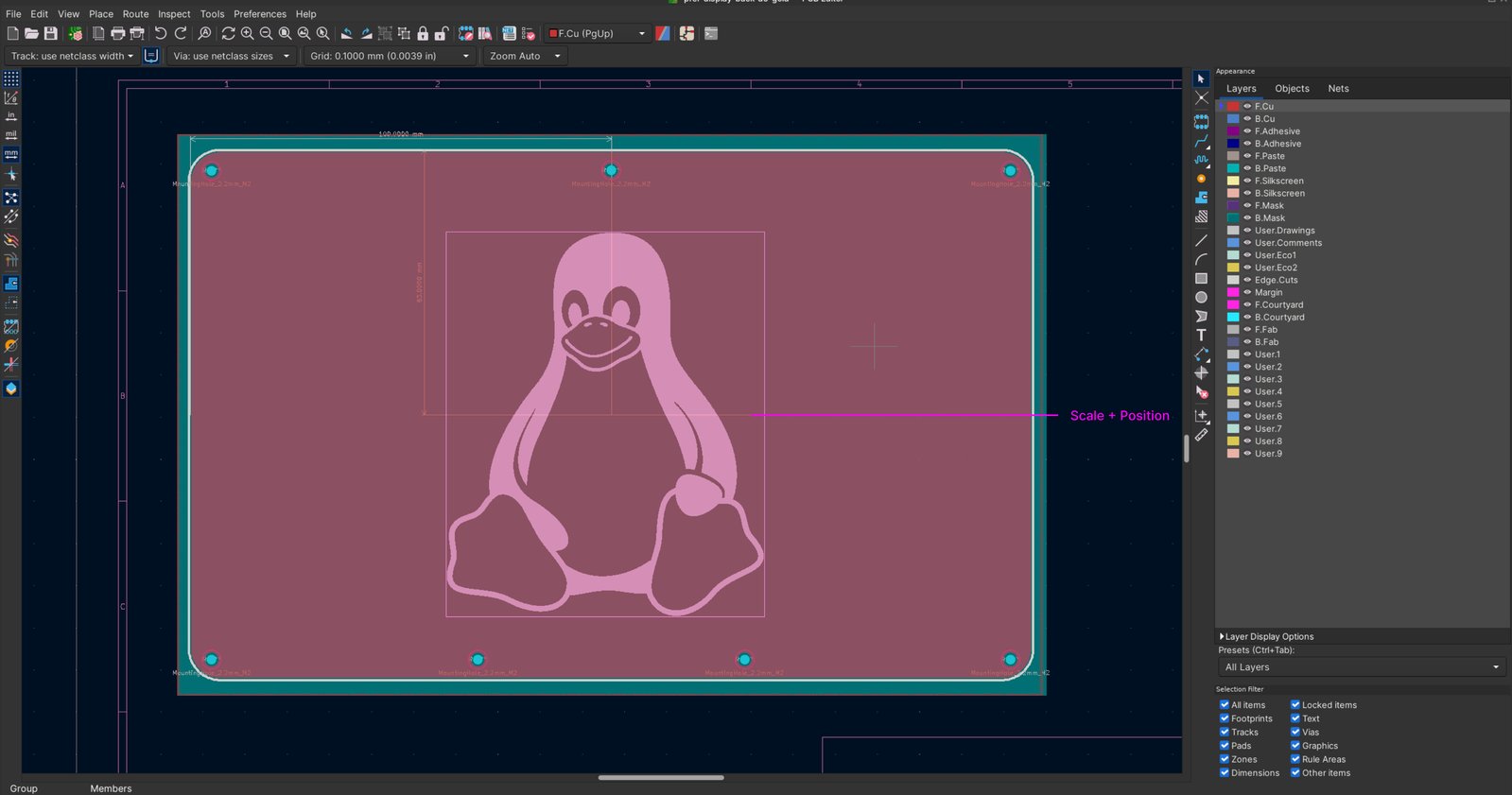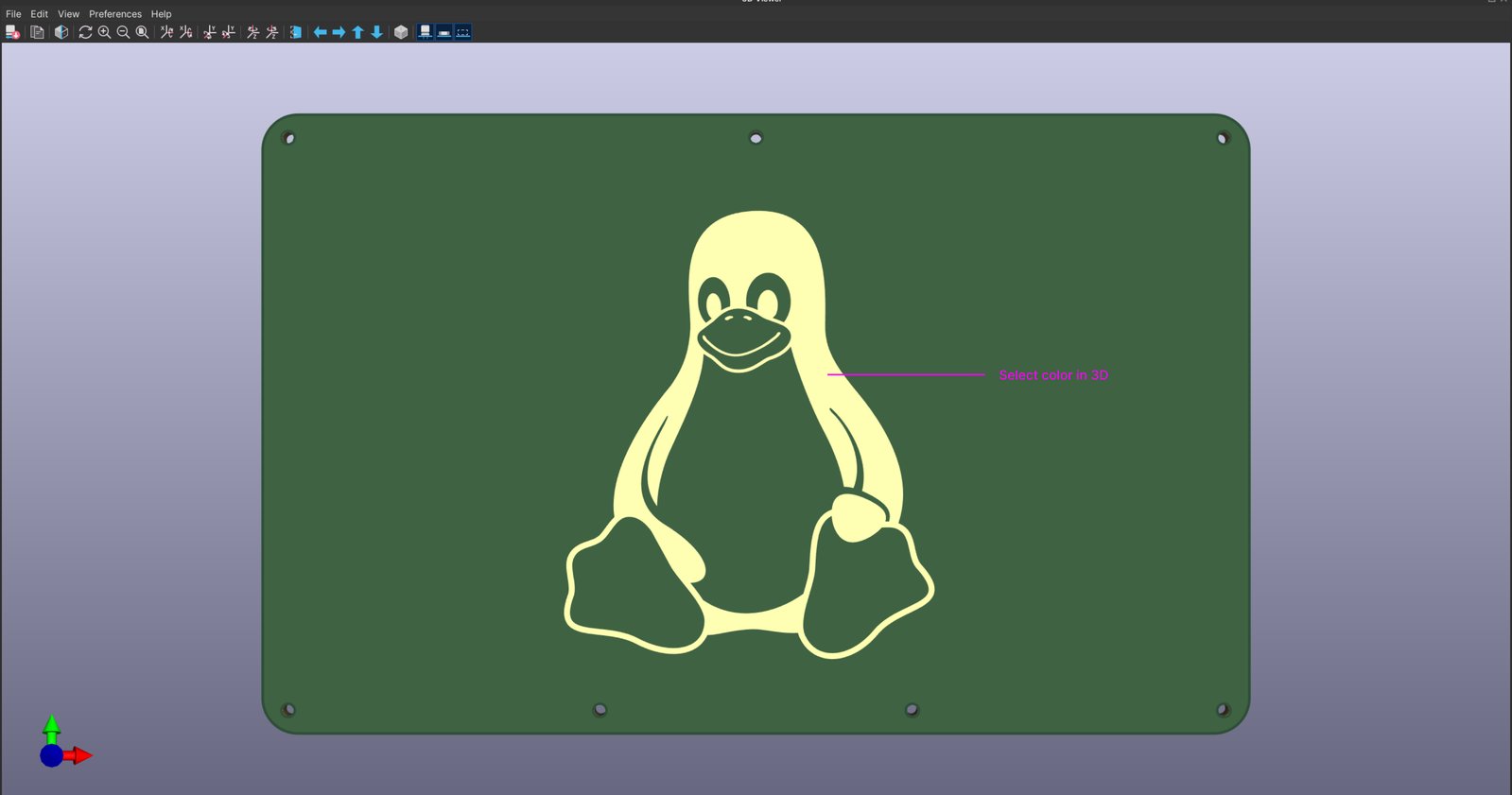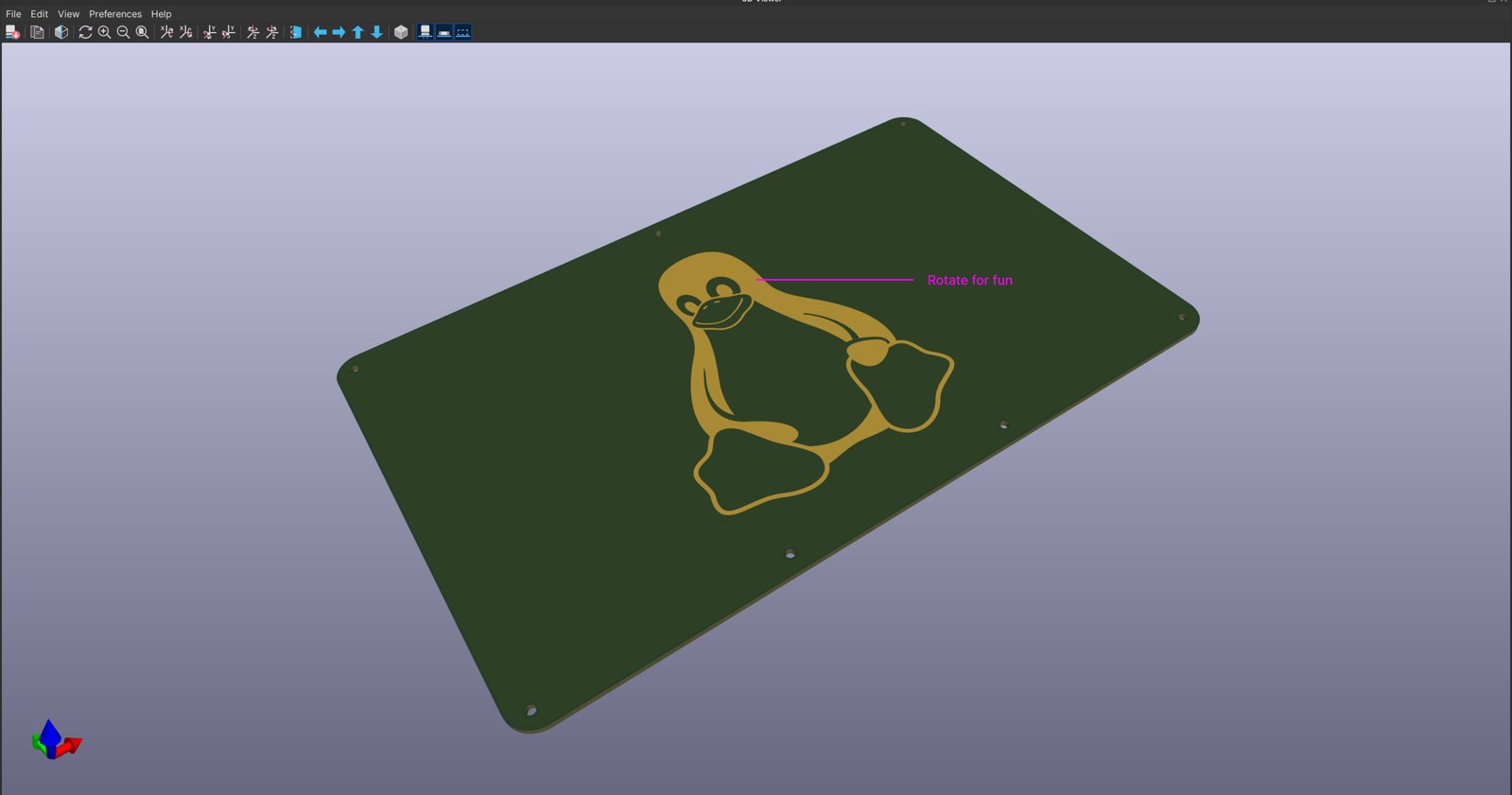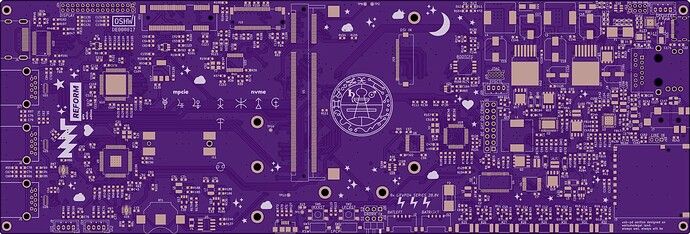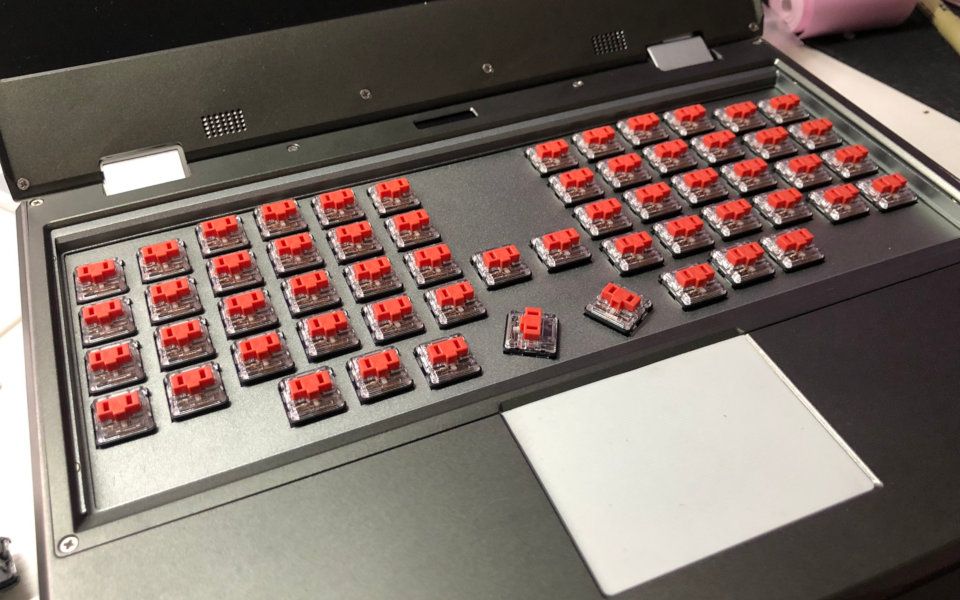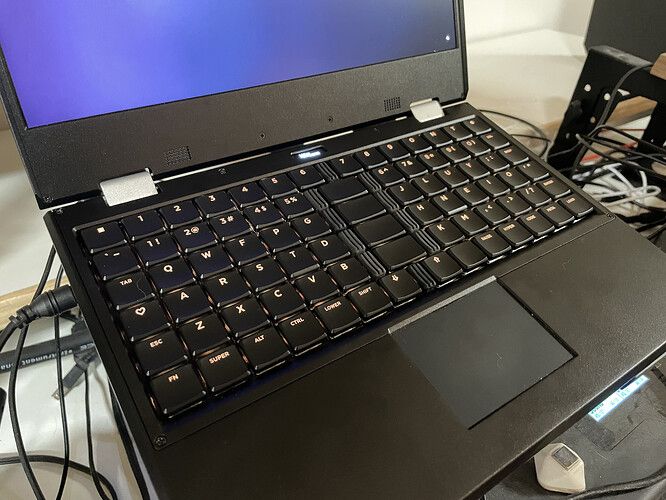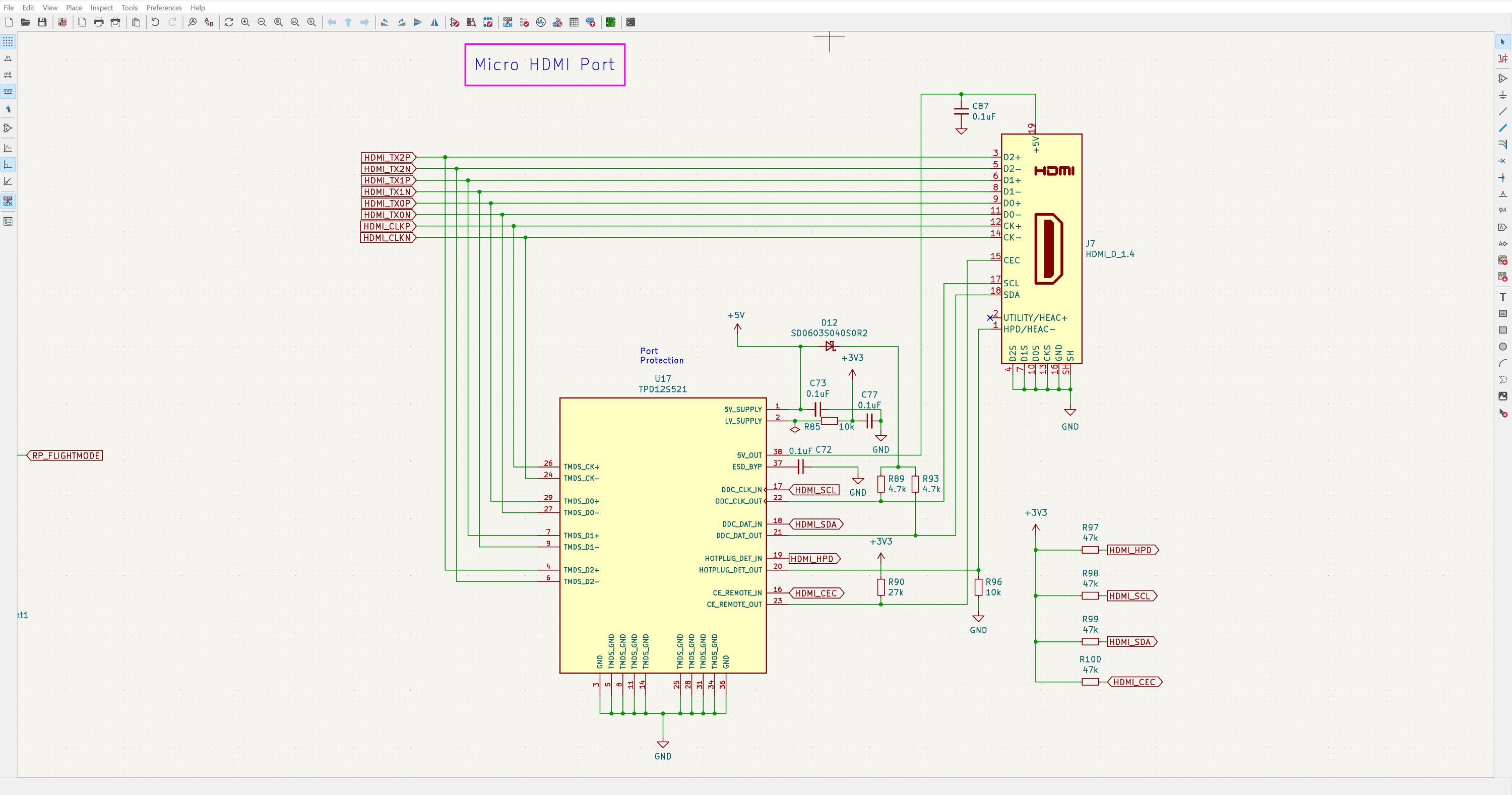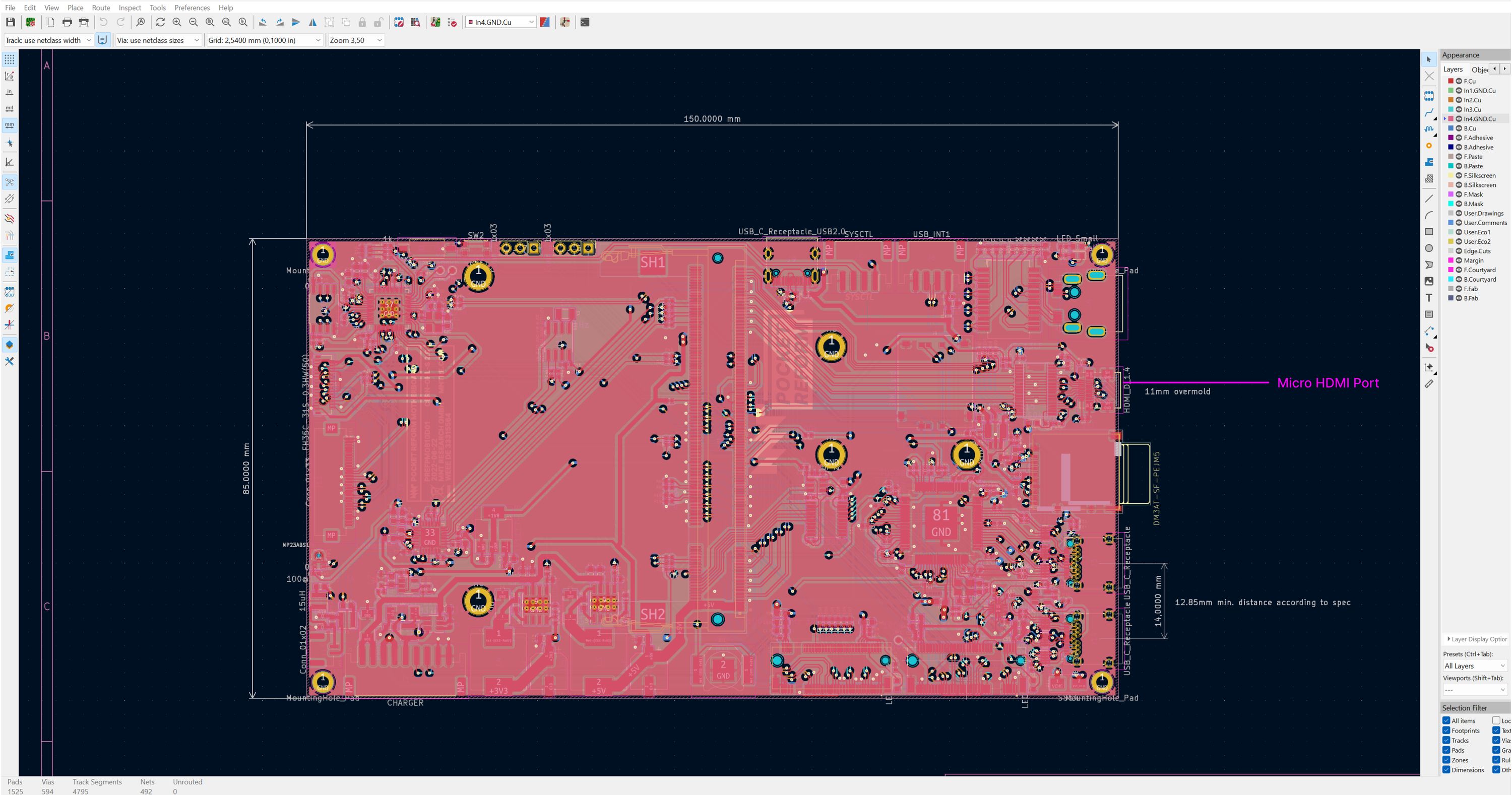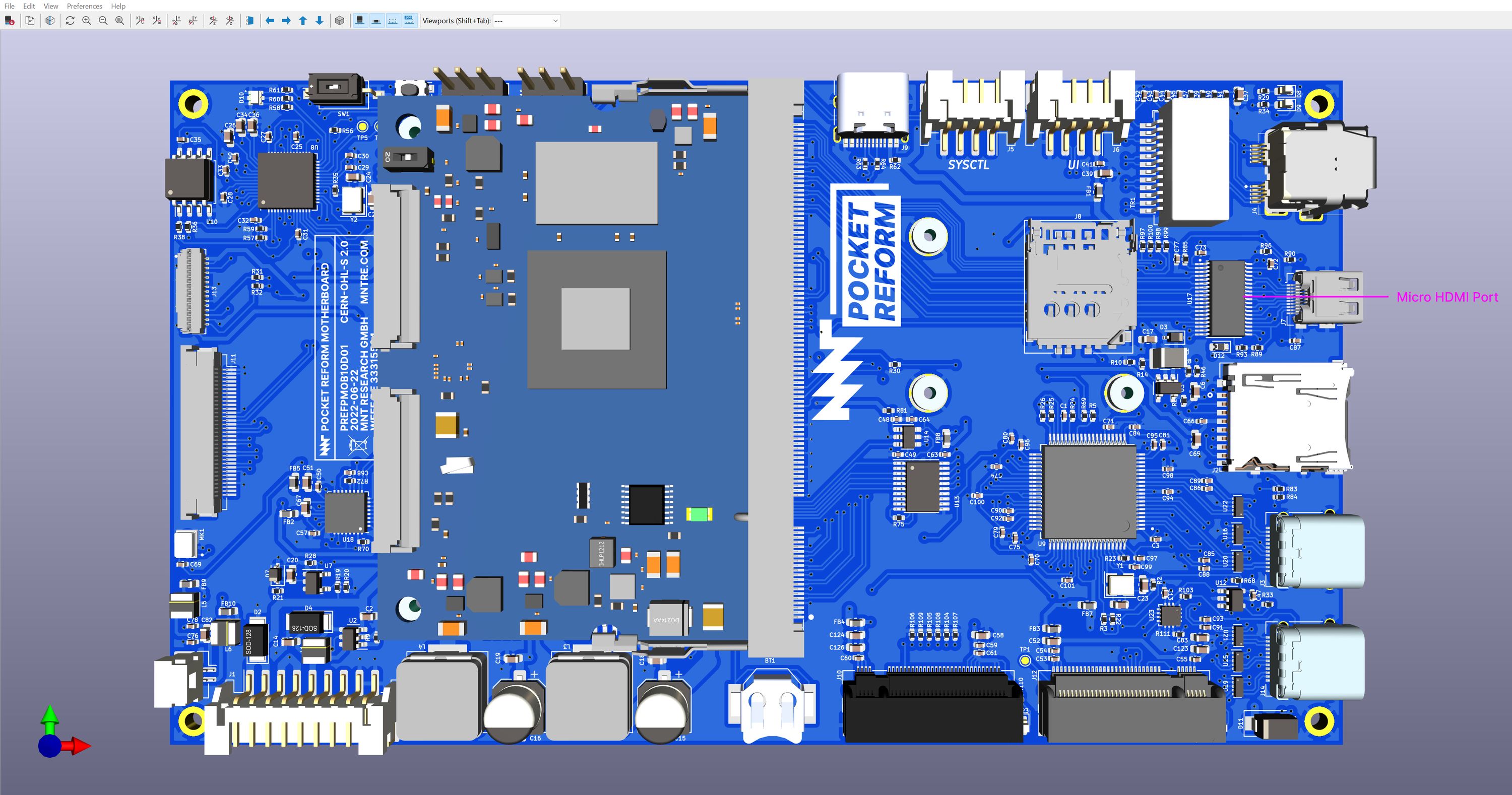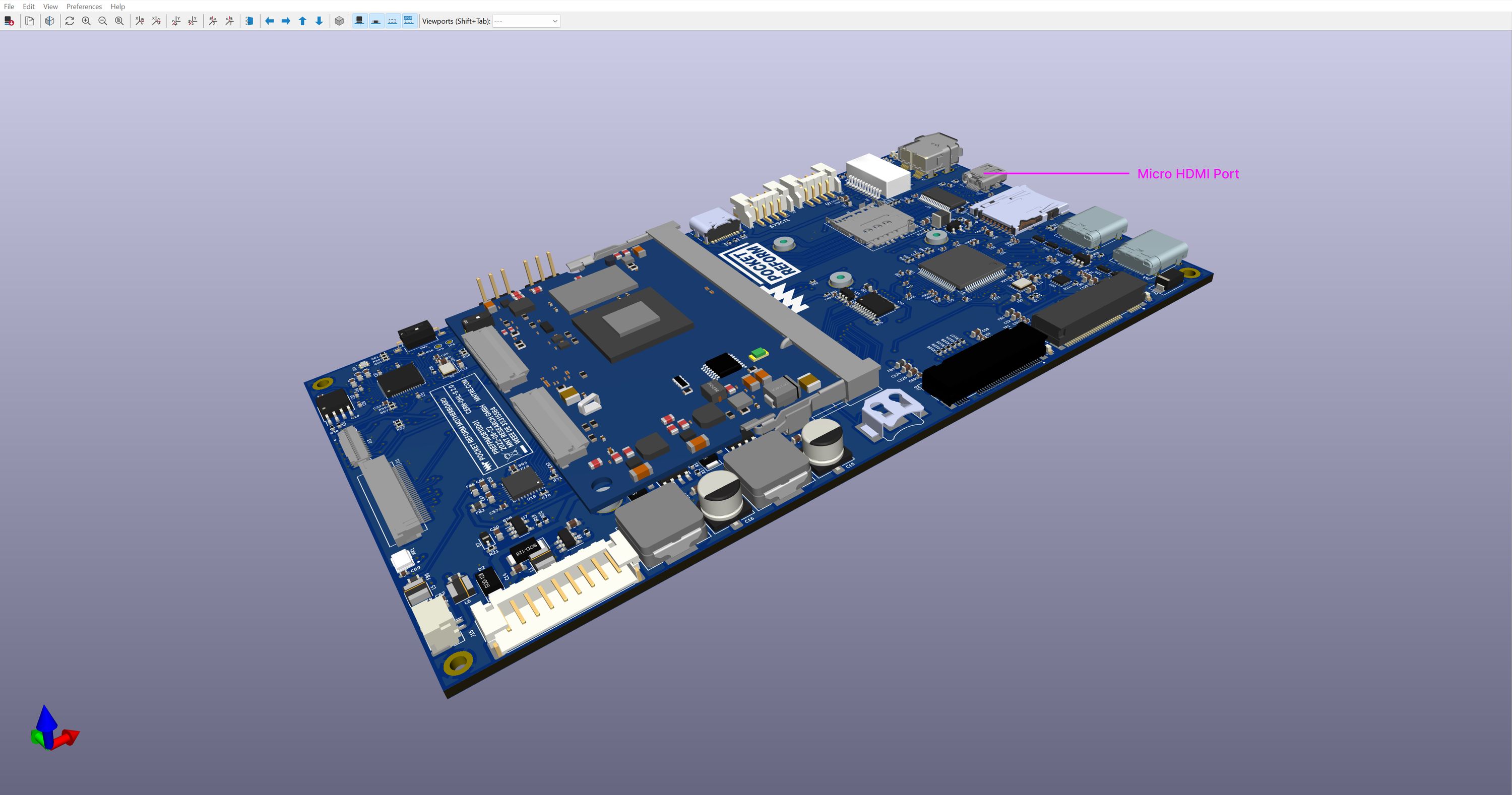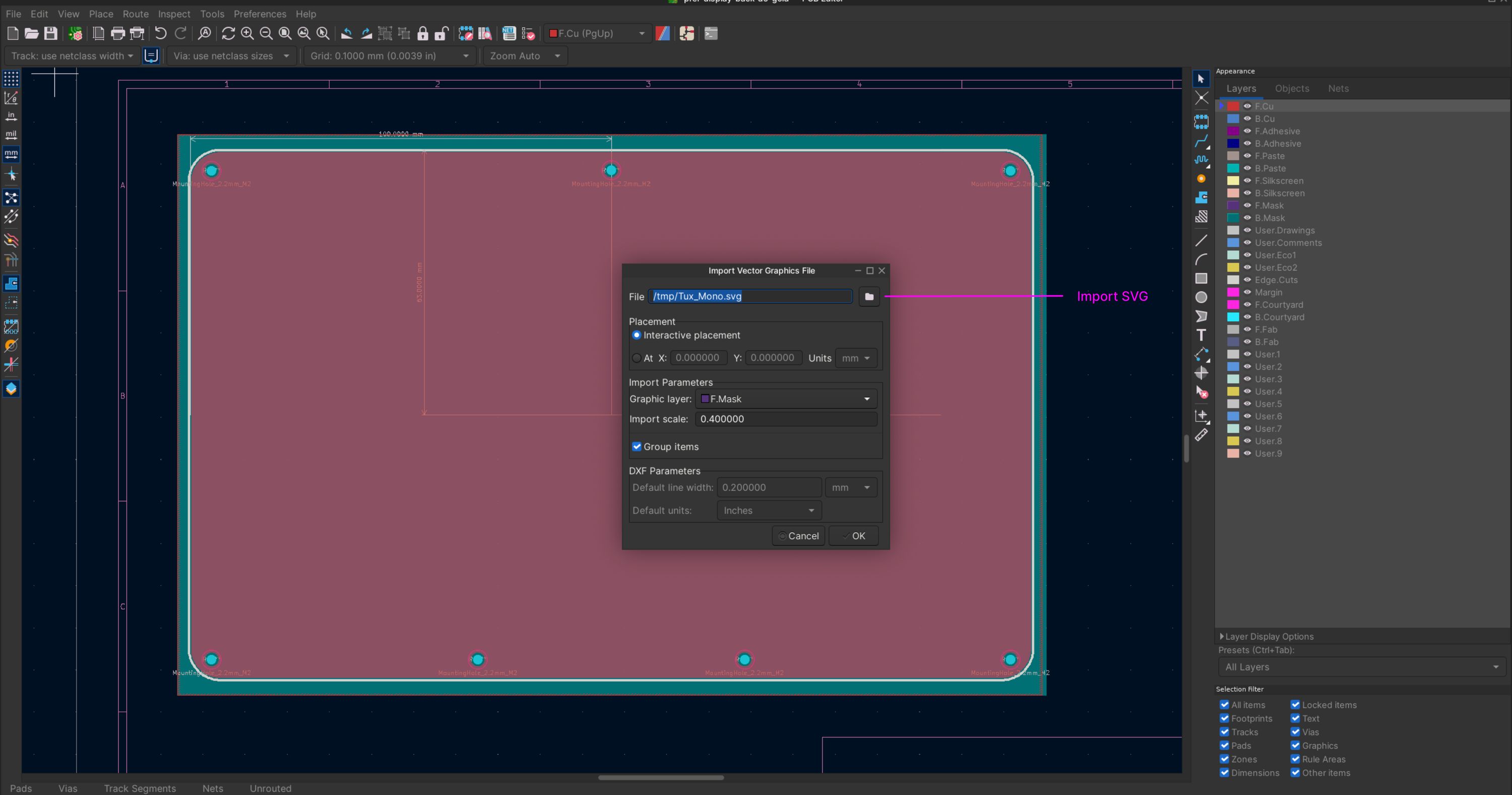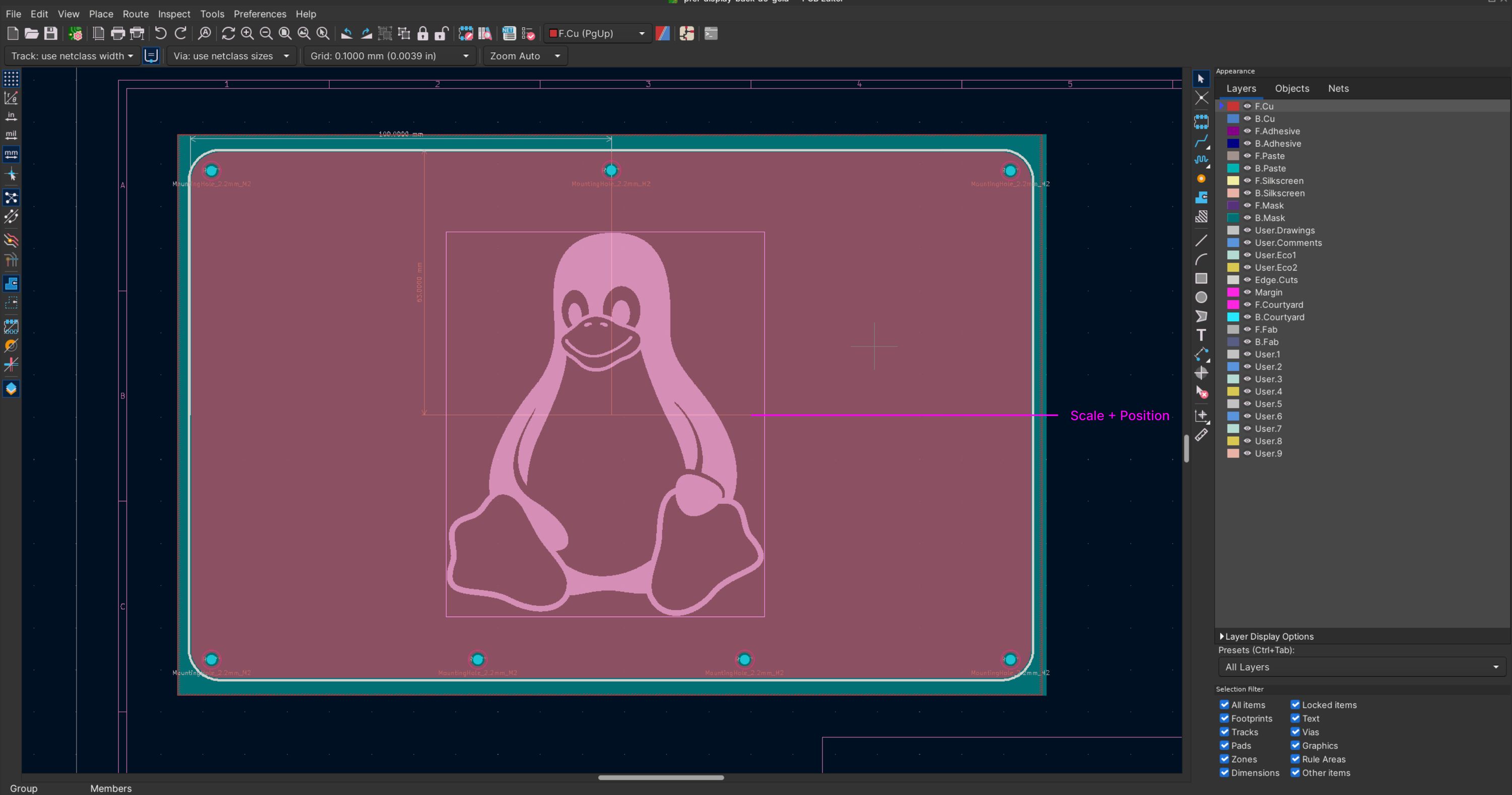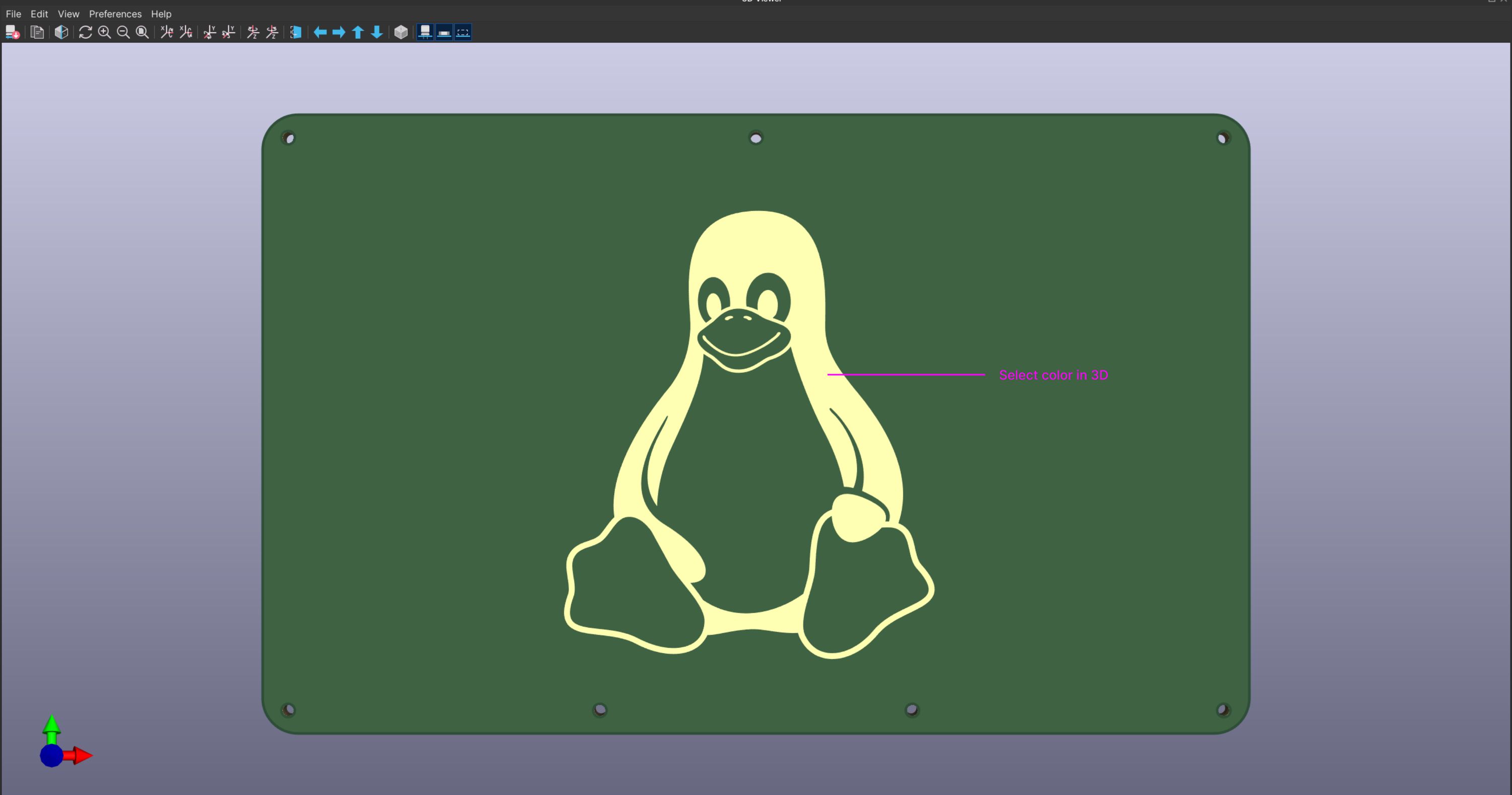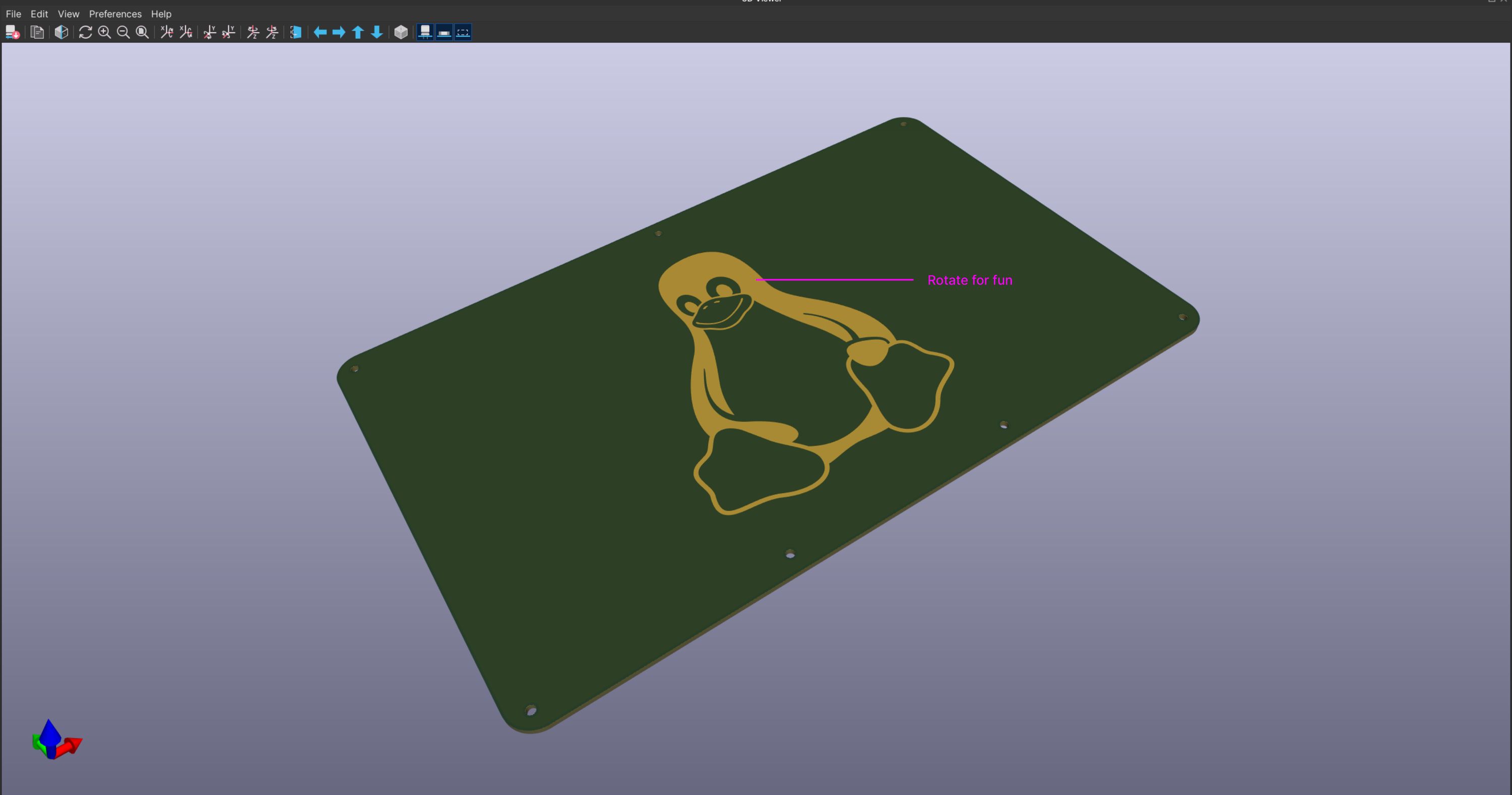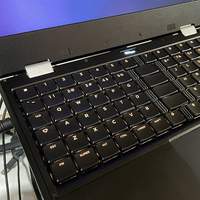Project update 6 of 13
On Open Source Hardware, Community-Building and Making Pocket Reform Your Own
by MNT ResearchIn the last two updates, Brendan showed you the abundant possibilities Pocket Reform delivers in terms of usage and experience, be it work or fun (or a combination of both). This week, Anri will give you an overview of MNT’s philosophy by constituting the importance of Open Source Hardware as well as the right to repair, and why we encourage modding, customization, and community-based hacking. Additionally, Anri will tell you how you can participate, and will give you some useful resources and suggestions.
Our Vision
MNT Research is driven by the idea of a digital future that is open source, accessible and modular. We want people to be able to modify their devices, to advance and contribute to current developments regarding software and components, to help build a community that shares their knowledge and skills. Other essential aspects of our philosophy include the right to repair and the provision of autonomy in the sense of independence from corporate devices and operating systems that are controlled by Apple, Google and Microsoft.
Yes, there are free and open source operating systems and software out there, but open hardware is still a rarity and we want to change that. Our goal is to offer access to a digital life that is controlled by the users and we want those users to be able to reproduce the devices themselves—because computers are essential tools to gain information, to communicate and to be creative.
Participating in digital life should be possible for anyone who wants it, and should not be gatekeeped by rent-seeking corporations. This is still a vision of the future, and we realize that most of our products are only available to people who can afford them, due to small batches that are expensive to manufacture which results in our products being quite costly. We hope to be able to produce larger batches in the future, so that we can lower the price and make MNT’s devices available to more people.
Why Open Source Hardware Matters
The term open source hardware was coined in 1997 by Bruce Perens (creator of the Open Source Definition and co-founder of the Open Source Initiative) and the Debian developers as the Debian Free Software Guidelines, and it hasn’t lost its importance ever since. The definition, as stated by the Open Source Hardware Association reads: "Open source hardware is hardware whose design is made publicly available so that anyone can study, modify, distribute, make, and sell the design or hardware based on that design. […] Open source hardware gives people the freedom to control their technology while sharing knowledge and encouraging commerce through the open exchange of designs." You might recognize some of the terms from the previous paragraph and that’s because we fully agree with this notion of how hardware should be conceptualized, designed and shared.
We believe that open source is incredibly powerful: We have an operating system (Linux) with 10,000s of tested software packages which are immediately ready-to-use. These packages are native to ARM64, rendering an intel emulation process—which is common for Apple and Microsoft—obsolete.
A compatible module, the LS1028A, has been developed by a third party and is also open hardware, so it can be integrated into various devices and be manufactured without the involvement of the original developer. This is only possible because all the design files, source code and schematics are publicly available, modifyable and reproducable. Putting the open hardware idea into effect, MNT’s Reform and Pocket Reform files are equally available on GitLab.
Public Availability Is Actually Beneficial
Publishing our source code and sharing all our design files is vital to us: As everyone with an internet connection and a digital device can access our documents, we encourage our users to make improvements to our products or to even construct their own devices, building on our work, using the documents we provide. We love our very active MNT community who has made various, significant contributions to the MNT Reform (the classic, big version of the Pocket Reform), which we would like to share with you:
- Clean Debian integration
- Genode Sculpt OS Port
- 9front Port
- OpenBSD Port
- Sleep/power saving for keyboard MCU and LPC
- Trackball improvement with bearings
- LPC SPI / Battery status kernel module
- Open Source Hardware USB Camera
- MNT Reform iFixit Guides
We also keep in touch with the developers of the etnaviv GPU and hantro VPU drivers and are thankful for their continuous improvements, bugfixes and enabling hardware h.264 and h.265 decoding.
An amazing project we are always excited to get updates on is Jacqueline’s own Reform. This is a rendering of her ("gay") PCB:
Jacqueline also custom-designed her own Reform keyboard.
Last but not least, the astonishing ortholinear keyboard kit by Jack Humbert was published only last week and we are extremely excited about this new custom Reform keyboard.
By providing all the information needed to develop and improve our devices, we ensure that the products we created live on, even if MNT Research should no longer exist. MNT is meant to be a platform for others to participate, communicate and work together. We are already looking forward to seeing what the community will come up with once they get their Pocket Reform.
Building a Community
As shown in the previous paragraph, open source hardware brings like-minded people together and actually helps the user—and the product.
By collaborating with each other, improving devices by debugging, making products their own by modifying and customizing them, might be the strongest argument to support open source hardware. This way, we work efficiently and avoid waste. Waste in terms of materials, but also time, energy and resources, which is common for proprietary technologies. Companies don’t want to build on other companies’s work—they only create to patent their designs/IPs instead of collaborating with other players in the industry which could result in new, improved standards. MNT Research wants to help build new open standards and joined the newly founded Open Hardware Allianz. This organization is a network of open hardware experts, institutional representatives and policy-makers who support the funding and promotion of open hardware projects.
With the establishment of institutions like the Open Hardware Allianz, we see a very positive, forward-looking development in the open hardware community and are more than eager to contribute and to move ideas forward.
Right to Repair
As it is important to us to make our products reproducible, even in small numbers and decentralized, we develop and manufacture our products in a way that is sustainable and durable. This means, we use materials that are recyclable (like aluminum) as best as we can, which has the positive side effect of making our devices robust against various external forces. For 3D printing, we use the highly economic additive method and reusable PLA materials to reduce waste. Waste is a huge factor in hardware production, environmentally as well as economically. We don’t want to produce waste, we want exactly the opposite: create devices that can be used for a long time and that can be recycled once they are broken beyond repair.
Talking of repair: We design our PCBs (Printed Circuit Boards) in a way that makes them repairable manually by the user or a person who has knowledge or skills in the area of consumer electronics. If a part or component breaks, you can (mostly) easily replace it as we try to use standard components whenever possible. If it’s a major part, we offer replacements and repair your device (within the warranty period).
Pocket Reform Mods: Ideas and Possibilities
As mentioned before, we absolutely encourage our users to make mods and customize their device. Here are some ideas how you can modify your future Pocket Reform:
Hardware Mods
- design other case colors
- PCB art on the panels
- your own LED indicators or small displays on the panels
- external antennas
- GPIO interfaces to installations
- custom keyboard layouts and/or lettering
- different keyswitches
- mini 3D printed or milling desktop case for the motherboard
- touchscreen mod
- adapt other CPU modules that have mezzanine connectors
- create your own CPU modules from scratch
- eDP to MIPI display adapter for LS1028A module
- headphone jack
Software and Firmware Mods
- port other OSs like Plan9, OpenBSD, Haiku
- color code the keyboard using RGB backlight for special applications like lighting
- custom bitmaps on the OLED display
- GPU driver improvements (mesa/etnaviv)
- debugging and optimization of desktop stack (e.g. Wayfire, Waybar)
- customize other desktops for the small display size
- optimize power efficiency and suspend/resume (kernel hacking)
You can, of course, also come up with completely different ideas. We’d be happy to know about them, so be sure to share them with us and the community once your Pocket Reform has been shipped and modded.
How to Participate
It might be intimidating at first to start participating, communicating with people you don’t know, or using a new tool, but our community is always willing to help you along the way, so we encourage you to reach out to them and to us anytime.
If you modify a device that is based on our work, please use the Reform Remix logo.
Modify Electronics in KiCad
First thing you want to do is download KiCad and install it. Get the source files and open the project file. Here are some examples of what Pocket Reform’s Micro HDMI Port looks like:
This might look quite intimidating, if this is your first time experimenting with KiCad. That said, modifying electronic components requires a lot of engineering knowledge, so this is advanced level only. If electronics are not your area of expertise, but you still want to customize your Pocket Reform case, this is how you do it:
Open the project file you want to edit. Download your custom design (in this case, we decided to go for Tux, the Linux mascot) and import the SVG file:
Personally, this was my first time opening KiCad on my computer (to take screenshots for this article) and I got around the software pretty quickly. There are a lot of tutorials online and if you have any difficulties comprehending the interface or the schematics, as always, don’t hesitate to ask the MNT community or your trusted online forum.
BTW, the PCBs can be easily ordered at e.g. PCBWay, AISLER or OSH Park, even in small quantities.
Firmware Edits
If you are more of a firmware person, you could, for example, edit the key mapping on the hardware level. To make this happen, you need to edit this file:
This header file specifies the scan codes that are transmitted over USB for each of the keys. You could change one of the KEY_SPACE entries in MATRIX_DEFAULT_ROW_5 to something else, for example. The scripts build.sh and flash.sh in the pocket-reform-keyboard-fw folder demonstrate how to compile and update the firmware on the device. The microcontrollers on the keyboard and motherboard are both RP2040s, so we leverage the Pico SDK which has abundant documentation and example code.
If you are more interested in hacking on power management and charging functions, you can find them in this directory: https://source.mnt.re/reform/pocket-reform/-/blob/main/pocket-reform-sysctl-fw.
And we also have a suggestion for our dear hardcore kernel hackers: if you’d like to fix graphic bugs or improve GPU features here is a quick guide for you: How to Fix Show-Stopper Graphics Bugs.
Ways to Get in Touch
- MNT community
- IRC channel #mnt-reform on irc.libera.chat
- Mastodon/Fediverse
Sources
- https://opensource.com/resources/what-open-hardware
- https://en.wikipedia.org/wiki/Open-source_hardware
- https://www.oshwa.org/
- https://source.mnt.re/reform/pocket-reform


